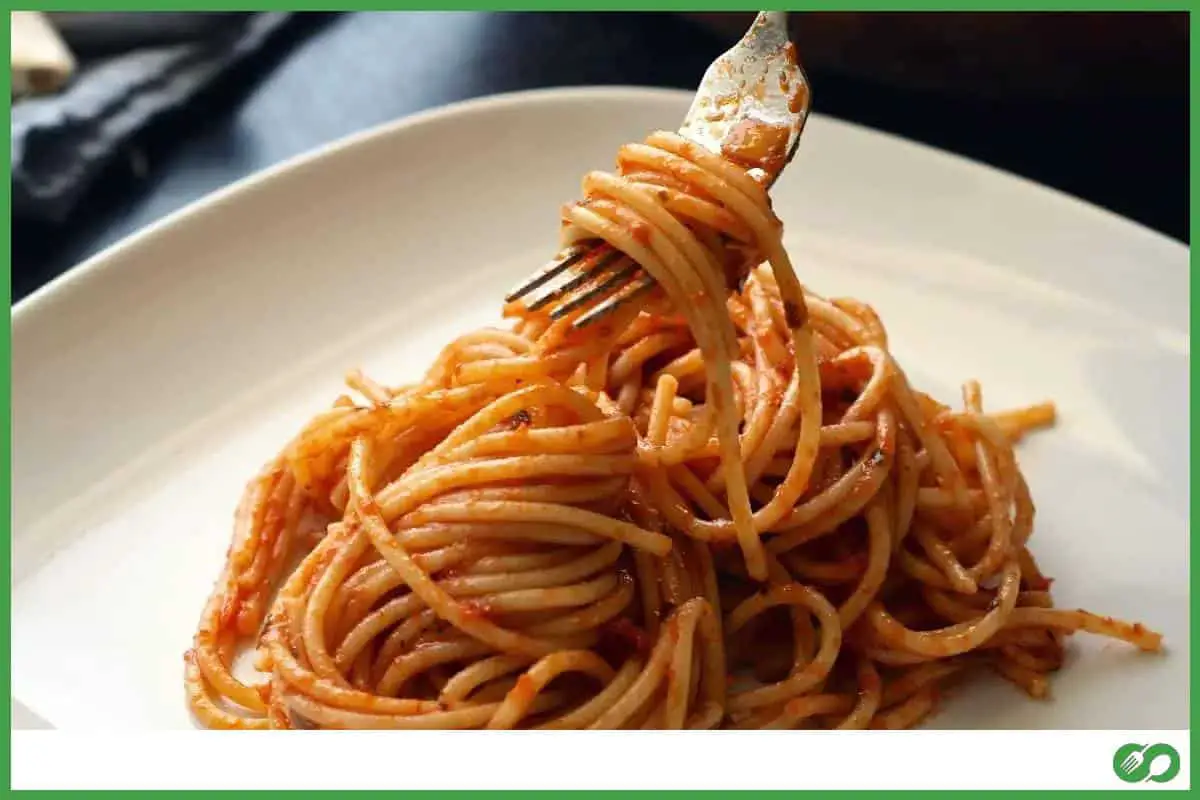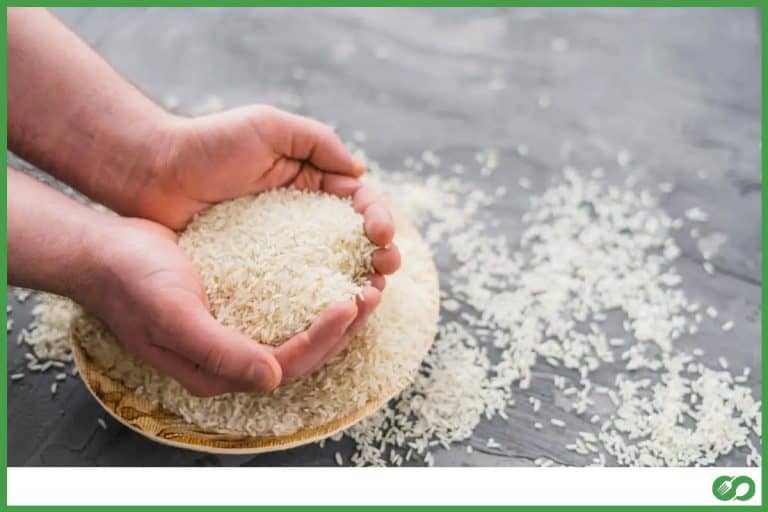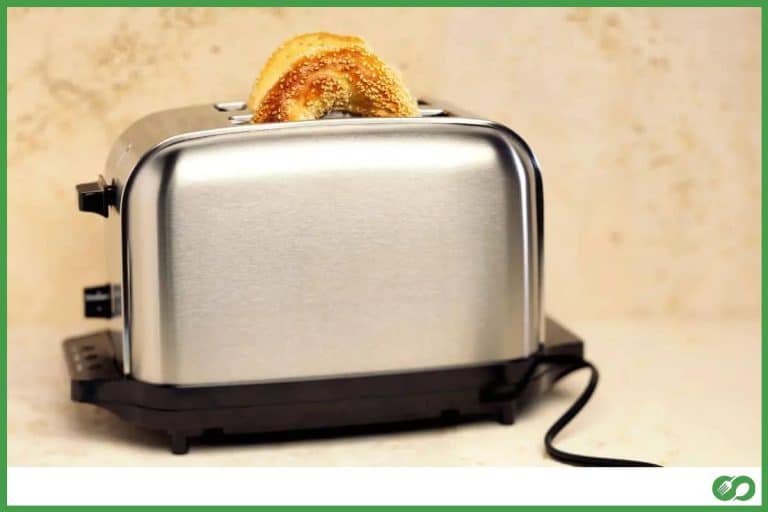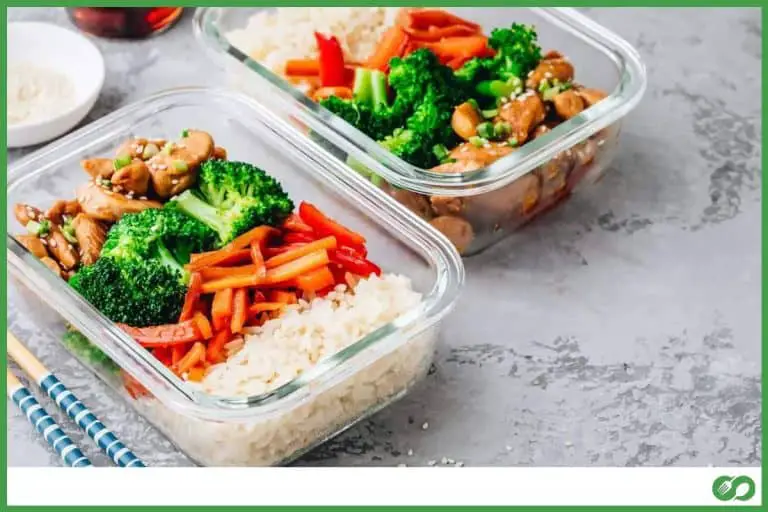How to Defrost Pasta (Best Ways)
This post may contain affiliate links which means that, if you choose to make a purchase, I may earn a small commission at no extra cost to you.
Pasta can be a highly nutritious and filling dish and one of my favorite Italian dishes due to its versatility. Moreover, if you’re a meal planner like me, you also like to make big batches of pasta and freeze it in portions. After reheating it properly, it is ready to be cooked and can taste just as good as fresh pasta that came out of the mill. However, before that, you need to defrost it.
The best way to defrost cooked frozen pasta is to leave it inside the refrigerator overnight. The next day, it is thawed and ready to be cooked. If you can’t wait that long, you can defrost it inside the microwave for around 10 minutes. Fresh frozen pasta can be cooked directly without defrosting.
Let’s dive deeper and check out a few different ways of defrosting pasta and figure out why you should use one over the other.
Can you cook frozen pasta without defrosting it?
Cooked frozen pasta, including filled pasta like ravioli, needs to be defrosted for 24 hours or overnight inside the fridge. On the other hand, fresh frozen and uncooked pasta shouldn’t be thawed and can be directly shoved into a pot of boiling water.
Fresh frozen pasta that’s uncooked and made in a factory is frozen as soon as they come out of the mill. They don’t have a lot of moisture and can be cooked directly. If you defrost them, they can be a bit hard to separate. On the other hand, cooked frozen pasta needs to be thawed since it contains a lot of moisture, and the sudden change in temperature will ruin its texture and taste. That’s why you need to defrost it.
What is the best way to defrost pasta?
Putting frozen pasta in the refrigerator for 24 hours is the best way to defrost it. Quick defrosting affects the texture and flavor of the pasta and that’s why thawing over a long time in the refrigerator is the best way to defrost pasta.
While this is the best method, it requires a bit of planning. You need to plan at least a day ahead for using this method. If you want to defrost a large batch, it may take a couple of days in the refrigerator to completely defrost. Before you reheat the pasta, you can use a toothpick and immerse it into the pasta to check if it’s thawed through.
To defrost pasta in the refrigerator:
- Take out the frozen pasta from the freezer.
- Change the lid or foil covering it.
- Place it inside the refrigerator and let it defrost overnight.
- The next day, use a toothpick to check if the pasta is completely defrosted before you can reheat it.
Can you defrost pasta in the microwave?
To defrost pasta in the microwave, transfer it to a microwave-safe container and cover it with a damp towel. Put the microwave on the defrost setting and let it run for five minutes. At every two-minute interval, stir the pasta carefully to distribute the heat evenly till it’s thawed.
While there’s no need to defrost fresh-frozen pasta, it is especially important for defrosting cooked pasta. That way, the texture and taste are preserved and the pasta doesn’t contain any unwanted bacteria that make you sick.
The microwave may be a drastically quicker method than the refrigerator, but it comes with its disadvantages. Microwaves never distribute heat evenly. When I use it to defrost pasta, I’ve often found dry edges with a moist middle section. That’s why I usually reserve it for defrosting pasta in very small portions, just for one person. I’ve also found that adding a drizzle of olive oil helps to keep the edges from drying out.
Can I Defrost Pasta in Water?
It’s better to defrost pasta in cold water than in a microwave. You need to fill up a large bowl with cold water and put the sealed container with the frozen pasta inside the cold water. Change the cold water every hour till the pasta reaches room temperature.
I like to think of this method as the middle ground between the refrigerator method and the microwave method. While it isn’t as foolproof as the refrigerator method and not as quick as the microwave method, it makes up for a healthy compromise.
To defrost pasta with cold water:
- Replace the lid or foil on the container of the frozen pasta or transfer the frozen pasta to a different container and seal it with a lid to prevent water from leaking in.
- Fill a dish larger than that container with cold water and put the container with the pasta inside it.
- Keep filling up the dish with cold water till it reaches right below the pasta container’s top.
- Let the pasta container sit in the cold water and carefully replace the cold water every hour till the pasta thaws through.
Does pasta go bad if frozen?
While freshly cooked pasta has a shelf life of a week or less in the refrigerator, freezing it extends its life by up to 3 months. On the other hand, fresh frozen pasta that hasn’t been opened or broken can last around 6 to 8 months inside the freezer.
According to FoodSafety.gov, fresh frozen pasta, the kind that’s sealed in transparent plastic and found at your local supermarket can last as long as six to eight months inside the freezer. Similarly, cooked pasta in a sealed container has a similar shelf life in the freezer.
Why should you not defrost and reheat pasta?
When pasta is defrosted in the microwave or water and left in a pan or dish at room temperature for a while, it allows harmful microbes to multiply and produce toxins. The bacteria go dormant when you keep it in the refrigerator but become active and multiply again when the pasta is reheated.
That isn’t just true for pasta, but every dish that contains dairy, poultry, or meat products in it. When I decide to thaw and heat up pasta or any other dish, I make sure that the internal temperature reaches 165F to 170F to make sure that the food is safe for consumption.
Conclusion
Whether it’s a long and stringy Bucatini, a flat Fettuccine, or good old Ravioli, I love to experiment with all kinds of pasta. I want them to taste incredible, whether they are cooked fresh or frozen and reheated after a week. That’s why I prefer defrosting them in the refrigerator. It eliminates risks of bacteria growth and allows the pasta to maintain its flavor.







